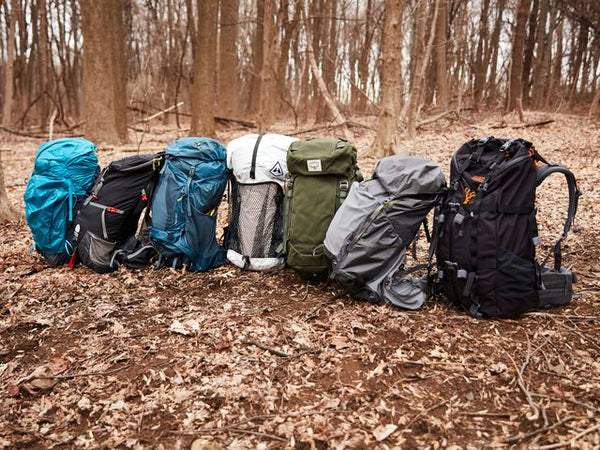Before a hike, every hiker will look at his pile of equipment, and then at his best travel backpack, and wonder how he can hold so many things. Before you call the local magician, take a moment to evaluate your gear and think about how to pack your bag so that everything can enter. It is also important that nothing important is left behind.

Should: choose the right backpack
Packing for trekking starts with choosing the right backpack. Consider the length of your trip, how much equipment you need to bring and your size. The most important thing is that your backpack should suit you and be comfortable, so try a few more bags in the store before buying. Choose a backpack that feels right.
The length of the hike is also important. If you are going for a day of hiking, a huge adventure-style backpack is unnecessary. Similarly, day packs do not have the space you need for backpacking.
Don't: take more than you need
The temptation to pack is strong, but you must resist. The more you go hiking, the better you will understand what you need and what you don’t need. Extra clothes and food are two areas where you can significantly reduce the amount you carry, especially during a day of hiking. A lot of unimportant hiking equipment is for novices. They don’t know what they need or don’t need, so before you buy anything, ask yourself, "When will I use this?" If the answer is "Maybe Never", then put it on the shelf.

Should: Mark your ethnic group on the map
If packed in a specific way, then a trekking backpack is the most comfortable and easiest to carry. Weight distribution and balance can make a big difference, and it is also important to consider whether you can easily get what you need. For example, your sleeping bag does not need to be packed, so you can get there quickly, but water is needed. The following is the basic layout of an ordinary trekking backpack:
Bottom area: bulky equipment and items, you will not use it before camping (tent, sleeping bag)
Core area: dense, heavy items (extra clothes, food, cooking utensils)
Top area: bulky but important items you need during the journey (raincoat, snacks, headlights)
Accessory pockets: necessities you need urgently or frequently (water, map, mobile phone)
Outer ring: oversized or odd-shaped objects (poles for hiking, poles for tents)
Don't: forget where everything goes
In any case, if you find a more effective method, you must adjust your packaging method, but try to reach a consistent system and stick to it. This will make it easier for you to find and get the items you need in your bag, so you don't have to waste time looking for them. When you have finished using something, resist the urge to stuff it into the nearest available pocket.
Should: keep dry
If your equipment gets wet in a light rain, all the packaging expertise in the world will be wasted. Keeping clothes dry on the track is not easy, but it is important. If your backpack has an effective waterproof rain cover, this job has been done for you. If not, there are some tricks to keep your gear out of water.
The most effective way is to put a large, heavy-duty plastic garbage compression bag in your bag and put everything in it. Garbage compression bags are more durable than ordinary plastic bags, and they are as close to fully waterproof as possible. Use a smaller zipper bag to hold sensitive items you put in the outer pocket of the bag, such as your travel map and mobile phone.


